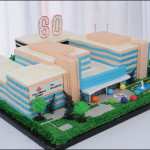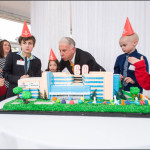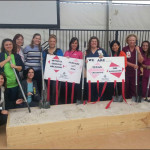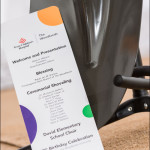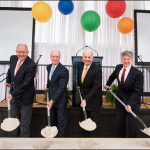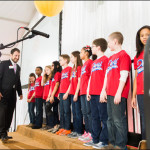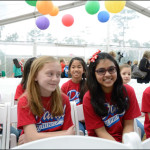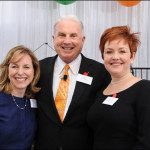Jillian Young shares what it meant to have her child be on the receiving end of donor milk and why she hopes you will consider donating:
When you find yourself and your baby in the NICU like I did, it can be a very scary time. As a parent, you often feel helpless and aren’t really able to do much to help your child except love on him and feed him. When my body did not cooperate with producing enough milk to feed Henry every three hours, I felt so guilty. The one thing I was supposed to be able to do, I could not. Fortunately Henry was in the NICU at Texas Children’s and became a recipient of donor milk from the Texas Children’s Milk Bank. This service was offered to us once our nurse became aware that I was not able to produce enough milk to feed him every 3 hours. I jumped at the chance to have a donor supplement what I was unable to provide. With him being so tiny and every feeding really counting, I felt a great sense of relief once he was receiving donor milk for most of his feedings. I was so thankful to the lady for taking time so that Henry was able to receive such great nutrients. We live in a society right now that promotes breast milk as being the best source for babies. Given Henry’s situation I wanted to take every measure possible to make sure he got all the nutrients he needed to gain weight and strength.
After months of pumping every 3 hours since Henry would only take milk from bottles, I had a new respect for milk donors. Not only are they most likely feeding their own children, a grueling task in itself, but they are taking the time and effort to pump extra milk for complete strangers! I think it is such a selfless act that impacts parents like me who feel helpless when they can’t feed their child.
With baby #2 on the way, I am praying that breastfeeding goes smoothly and she will not end up in the NICU like her big brother. However, if that is the case, I am happy to know she will be able to receive donor milk in order to help her in the beginning stages of her life. I also have every intention to donate milk myself if I am able. If I can ease a mother’s mind and take away any guilt she may be feeling, I feel it is worth the extra time and effort. After hearing Henry was a recipient of donor milk, my friend became a milk donor to Texas Children’s milk bank since she produced too much! I LOVE that she was able to do that and I hope to follow in her footsteps. If you are thinking about donating you should! Being on the receiving side of milk donation, it really is immeasurable how much it helps a family and most importantly how much it helps these tiny babies!
To find out how you can become a donor, visit: texaschildrens.org/milk



